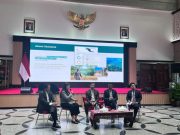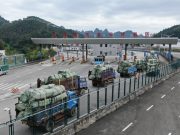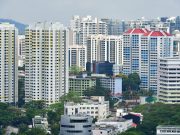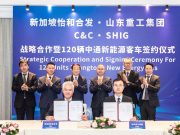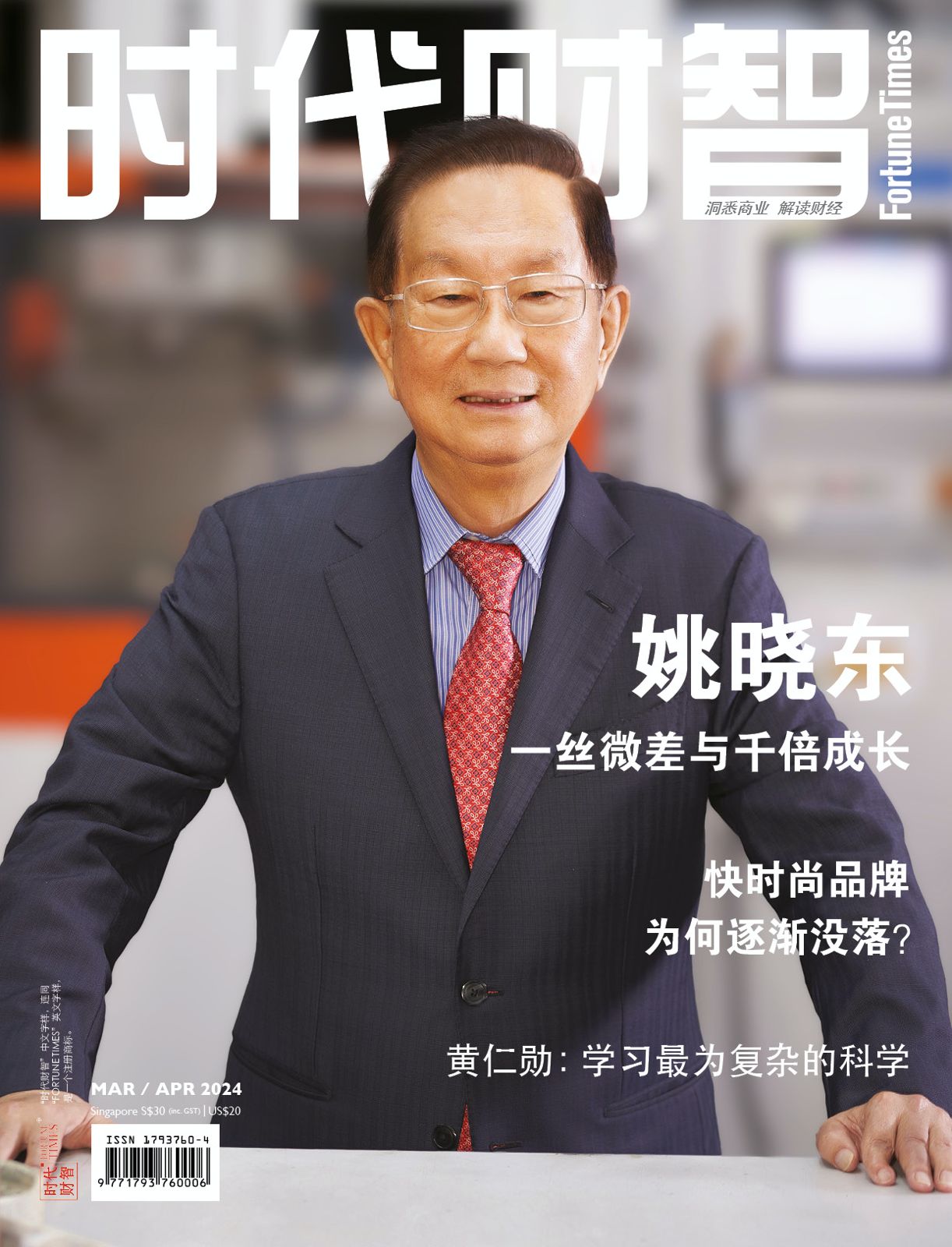(Singapore 30 March 2023) The number of job vacancies declined for the third consecutive quarter in December 2022 to 104,500. However, the level remained elevated compared to 51,100 in December 2019, Singapore’s Ministry of Manpower announced today.
With the lifting of border restrictions and safe management measures in April 2022, employers were actively looking to fill positions left vacant during the pandemic.
Consequently, the proportion of replacement vacancies rose from 56% in 2021 to 61% in 2022. At the same time, the number of vacancies for new positions rose compared to 2019 as businesses continued to expand or restructure. Like the year before, Information & Communications (69%) had the highest proportion of vacancies for new positions, demonstrating the restructuring which has taken place and the dynamism of the sector.
 Overall, PMET (Professionals, managers, executives and technicians) positions formed the majority of the vacancies in 2022 (56%), up from 53% in 2021. This reflects manpower demand for skilled workers from the growth sectors of Information & Communications, Financial & Insurance Services, Professional Services and Health & Social Services.
Overall, PMET (Professionals, managers, executives and technicians) positions formed the majority of the vacancies in 2022 (56%), up from 53% in 2021. This reflects manpower demand for skilled workers from the growth sectors of Information & Communications, Financial & Insurance Services, Professional Services and Health & Social Services.
While the PMET share of vacancies has yet to recover to pre-pandemic level in 2019, the number of PMET vacancies in 2022 was almost doubled that in 2019.
Technology talents such as software, web & multimedia developers and software & applications managers continued to be highly sought after, as ongoing digitalisation trends have led to sustained demand for technological skills. Managers and executives in business development and sales as well as healthcare professionals also remained in demand.
While the share of non-PMET job vacancies dipped, the number of these vacancies increased in 2022 as employers sought to backfill positions, especially in Construction and Manufacturing.
While the total number of job vacancies rose in 2022, the proportion of vacancies unfilled for at least six months declined from 35% in 2021 to 27% in 2022. This decline was observed across both PMET and non-PMET vacancies. Non-PMET vacancies registered a sharper decline compared to PMET vacancies as employers were able to hire foreign workers to back-fill these vacancies.
For PMET roles that were difficult to fill, the main reasons cited by employers were unattractive pay, lack of specialised skills and lack of necessary work experience, particularly for positions requiring specialised, technical knowledge.
For non-PMET positions that were difficult to fill, employers commonly indicated reasons such as a physically strenuous job nature, and a non-conductive work environment. Some sectors, such as Transportation & Storage and Accommodation & Food Services continue to see a higher share of vacancies unfilled for at least six months. However, over the longer term, the share of non-PMET vacancies unfilled for at least six months has been on the decline. This reflects in part efforts to raise wages through the Progressive Wage Model and to redesign jobs. The tight labour market has also spurred employers to raise wages for some non-PMET jobs.
For 74% of vacancies in 2022, academic qualifications were not the main determinant in hiring. This proportion has been on the rise, increasing from 67% in 2017 to 73% in 2021, largely reflecting the trend among PMET jobs.
For PMET vacancies where qualifications were not the main determinant, skills and work attitude of the job applicant were the key considerations. Should candidates possess the minimum required qualifications, their skills and work attitude would take precedent. Hence, having relatively higher qualifications does not mean a candidate is automatically considered ahead of their counterpart with lower qualifications.
Following the significant relaxation of border restrictions in April 2022, non-resident employment growth has recovered strongly as employers backfilled their vacancies.
MOM said with hiring sentiments remaining positive and global economic headwinds weighing on labour demand going forward, it expects job vacancies to moderate.
It also says employers who are facing difficulties in filling their vacancies should press on with business transformation and job redesign to increase the appeal of their jobs. it also encourage employers to adopt a skills-based approach to hiring and consider a wider pool of candidates, including mid-career jobseekers from other sectors, senior workers, persons with disabilities and ex-offenders. The Government will support employers to tap on the Support for Job Redesign under Productivity Solutions Grant and to make their jobs more productive and attractive to jobseekers.
Also, employers can also tap on Workforce Singapore’s Career Conversion Programmes (CCP) to hire and train mid-career workers for new roles. Besides, the enhanced Enabling Employment Credit and new Uplifting Employment Credit provide wage offsets to employers who hire persons with disabilities and ex-offenders respectively.


